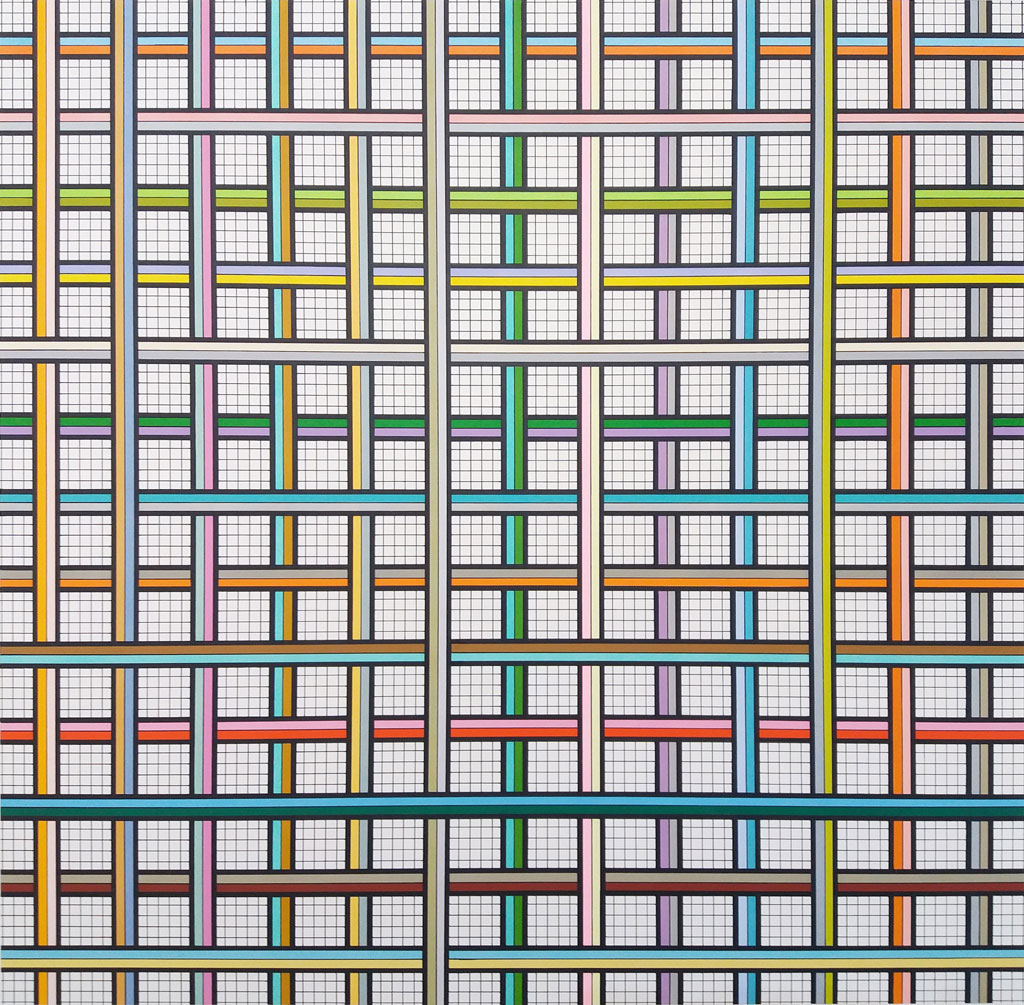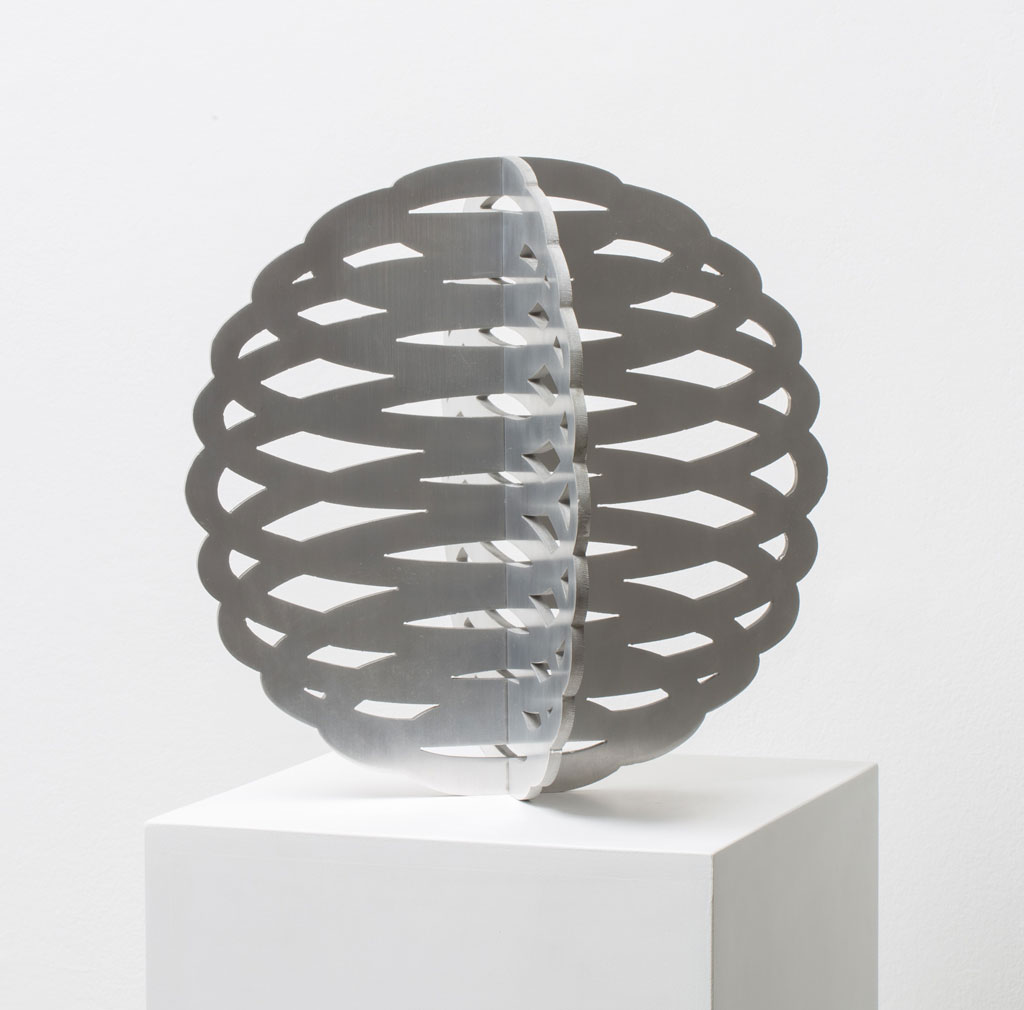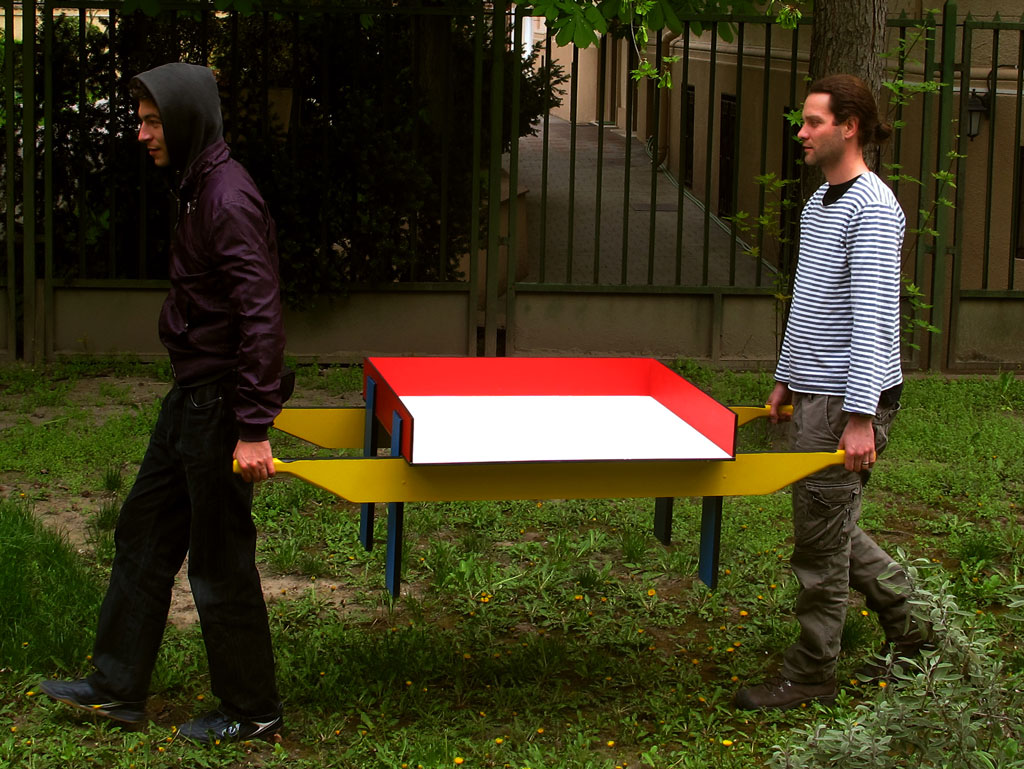ART-PRESENTATION: Bauhaus 100
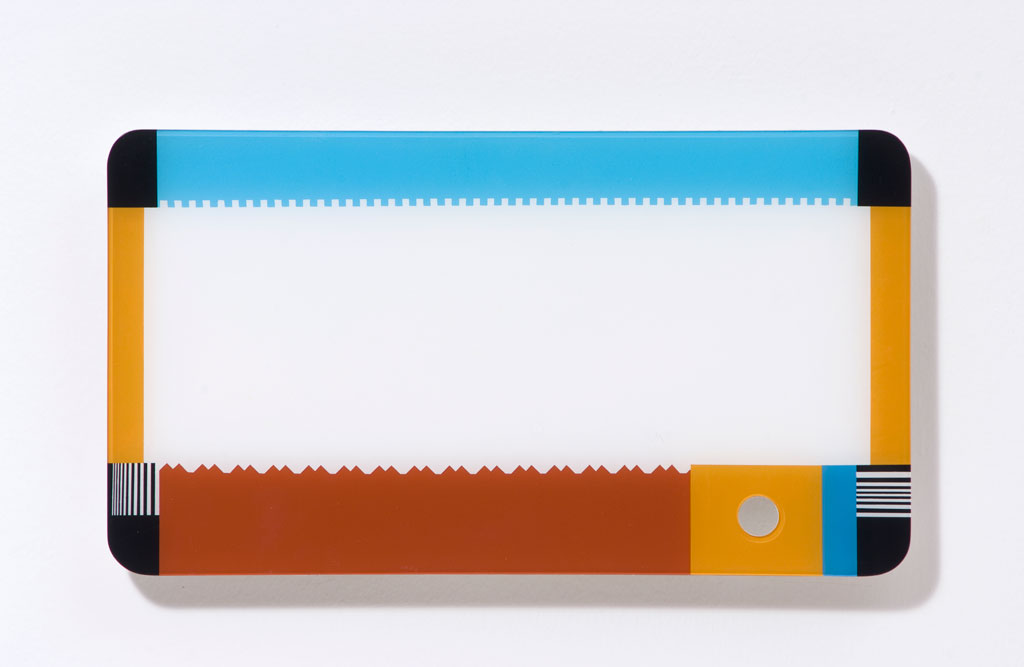 As a movement, the Bauhaus was the most seminal source and milestone in the history of modern art, which was also an artistic community and a school with a revolutionary programme. Its ideals and practices point beyond the school itself, and were to inspire many subsequent movements and paradigms. Its original programme offered even more: a comprehensive aesthetic reform of life, from everyday reality to the arts.
As a movement, the Bauhaus was the most seminal source and milestone in the history of modern art, which was also an artistic community and a school with a revolutionary programme. Its ideals and practices point beyond the school itself, and were to inspire many subsequent movements and paradigms. Its original programme offered even more: a comprehensive aesthetic reform of life, from everyday reality to the arts.
By Dimitris Lempesis
Photo: Ludwig Museum Archive
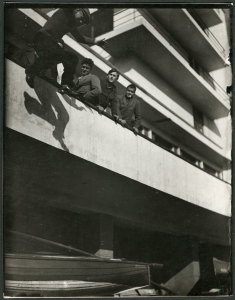
The ideal that the Bauhaus aimed to achieve was to ensure the pre-eminence of artistic fashioning in all forms of production, from artisanship to industrial manufacturing. It wished to satisfy the social demands of a new age, which, along with an accelerated pace of life, created the need for, and the possibility of, healthier living conditions for all, and higher standards in the lifestyle of broad masses. The Bauhaus was a school of diverse characters and personalities, with well-known Avant-Garde artists rubbing shoulders with influential masters of the future and ambitious young creators: during its 14 years, it had 1290 graduates from 29 countries. A significant number of them were Hungarians, many of whom went on to teach at the institution. Its art education program stemmed from the intention to reform artistic views and concepts, and it was based on a total-art paradigm engendered by the Deutscher Werkbund, a synthesis of artisanship, engineering philosophy and doctrines. It was a real idea farm, an incubator of fine and applied art, artistic fashioning, typography, design, architecture and pedagogy. They created works in sundry genres and artistic media, from clothing through stage sets and tubular furniture to residential buildings. The exhibition “Bauhaus 100. Programme For The Now – Contemporary Viewpoints” at Ludwig Museum is part of the commemorative events that constitute the international Bauhaus Year. The display of the exhibition introduces the work carried out at the Bauhaus in thematic focus groups (e.g. color theory, the cube house, vision/utopia, modelling, light art, theatre, etc.), with the works of mostly contemporary artists centred around these. The exhibition is an attempt to reread this unique modernist utopia, to look back on it and to evoke it from a contemporary viewpoint. The centenary is also an occasion to review the impact of the school on the art of the 20th Century and today, on culture as a whole. The concept and programme, or shall we say paradigm, continued to exist in the past one hundred years, while it also changed considerably, meeting the demands of any given period, informing now contemporary visuality with a new content. This exhibition is dedicated not so much to the history of the Bauhaus as to those distinctive artistic positions which are recognizably influenced by the Bauhaus paradigm. It was a time capsule that pointed towards the future, formulating a valid message for the present. Alongside the ideas and works that are evoked by means of images, objects and references, there is a selection from the related works of some fifty contemporary artists. The section “Preliminiary Studies” corresponds to the first phase of instruction at the Bauhaus, presents works that explore and freely experiment with different possibilities of material and form. The exhibits in this section cover a gamut from investigating the aesthetic potentials of recycled industrial textile waste to the search for a pure composition that arises from the reduction of spatial forms. Moholy-Nagy worked for eight years between 1922 and 1930 to design and produce what was to be the purest, compromise-free expression of his ideal of constructive total art, the Light Space Modulator. This installation is the point of departure for the “Light” section of the exhibition, with a film explaining the original workings of the apparatus, and another one showing an artistic extension of it. The works in the “Colour” section look at theoretical, spiritual or decidedly practical aspects of using colors in painting or photography. Color theory, the relationships of colors, the nature of materials and media for colour, are essential subjects of study for art. The Bauhaus developed several practices wherein the function of colors was investigated with regard to the characteristics of the material and the function of the object, and the findings were utilized in architecture or design. Thanks to the Bauhaus’s efforts to create total art, the boundaries were dismissed between visual art in the strict sense and artisanship—even those of industrial mass production. The ultimate aim of the artisanal exercises was to fashion buildings and their furnishings (in general, man’s built environment) in a manner that was aesthetic, functional and economical at the same time. The “Artist Chairs” of the exhibition rewrite these emblematic forms in the language of contemporary art. The theoreticians of the Bauhaus set about creating built environments with modern means and modern sensibilities by reducing forms, and then combining the resultant basic shapes. The same principle informs the shaped and three-dimensional canvases at our exhibition, as well as the objects and geometric sculptures. “The Red Cube” represents the architectural essence of the Bauhaus design culture at this exhibition, and serves as an emblematic focal point. We look at Farkas Molnár’s first building from many angles, both as a model and as an animated diagram. The Bauhaus placed a particular emphasis on the focused development of children’s sense of form, colour and balance, for which special toys were designed in-house. In Ludwig Museum’s “Playroom” visitors can see the most emblematic Bauhaus toys, and try out a few modern ones, which were inspired by the original principles.
Info: Curators: Julia Fabényi, József Készman, Zsuzska Petró, Ludwig Museum, Komor Marcell utca 1, Budapest, Duration: 10/4-25/8/19, Days & Hours: Tue-Sun 10:00-20:00, www.ludwigmuseum.hu
